Many students during their education and postdoctoral research, learn many things like how to execute experiments, how to attend conferences for public speaking, and presentations, and how to manage their time for research. But rarely of students learn how to make attractive and impressive scientific figures and illustrations. Here now, we focus on the key things of scientific figure development in these years and the importance of considering this issue in scientific research.
The benefits of scientific figure development these years
Nowadays, beautiful scientific figures and storytelling of figures are on the rise, and seems that they are an inseparable complement of an article. Sannie Culbertson as the editor of Trends in Biochemical Sciences believes that “These figures not only enhance articles by depicting complex scientific ideas in a clear and informative manner, but do so while being appealing to the eye of the reader.
The human brain’s ability to process visual information rapidly is indeed remarkable (all the information transmitted to the brain, about 90% is visual). This capability is not just about speed; it’s also about efficiency and retention. Visuals can communicate complex information quickly, make abstract concepts more concrete, and are often more engaging than text alone. This is why visual aids are so powerful in education and communication—they not only capture attention but also enhance comprehension and recall. Understanding this aspect of human cognition can be incredibly beneficial in various fields, from marketing to education and we can see why scientific figure development is in the right way.
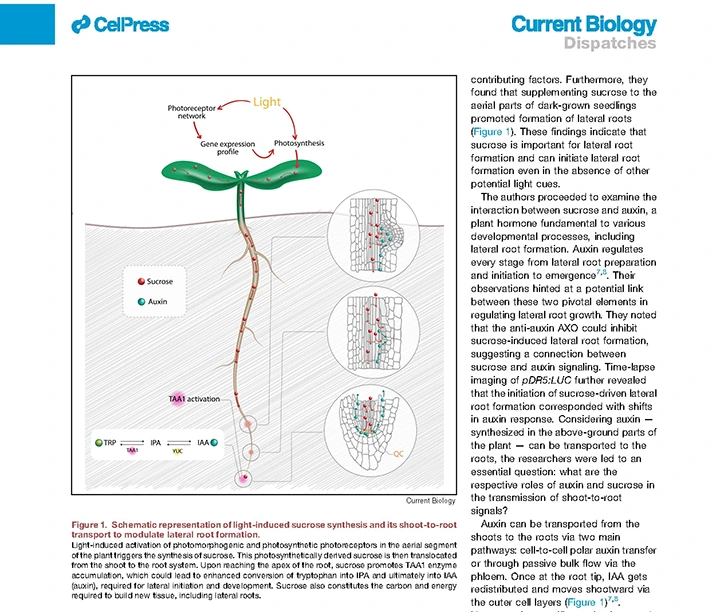
Scientific figure created by Inmywork Studio (Current Biology, V 33, 15, P805-808, 2023)
What features should be seen in scientific figures?
According to the collecting view of experts in the scientific illustration field, the figures should follow some things:
- Figures should convey the best information (The ability to capture specific hypotheses and communicate ideas).
- Consistency of stylistic elements in a manuscript and reviews is essential.
- Visual cues should help establish deeper meaning.
- Color and typographic choices must be relevant and appropriate.
- Detailed and dynamic depictions of chemical reactions or how molecules carry out a process are important.
- The figures should tell a story that captures snapshots of invisible worlds.
- Figures should minimize visual jargon with the goal of enticing viewers.
- For some figures, using a friendly cartoon style to appeal to a broad audience would be sufficient.
- For public websites and books, scientific illustrations need to be able to quickly explain many concepts.
- Sometimes complex visualizations are required to communicate hypotheses that are informed by multidimensional and dynamic data like animation.
- In the process of scientific figure development, illustrators should consider the screen size of accessible equipment like cell phones.
How to order a professional scientific figure
Since scientific figure development is on the rise, If graphic design isn’t your thing and you’d rather focus on your research topic, we can assist! The Inmywork team has a lot of experience in scientific illustration. In addition, you can keep in touch with the team for editing several times. The process of delivery time of scientific figures depends on the complexity of the project. Your project will be done as soon as possible.
Recent Journal Cover Designs
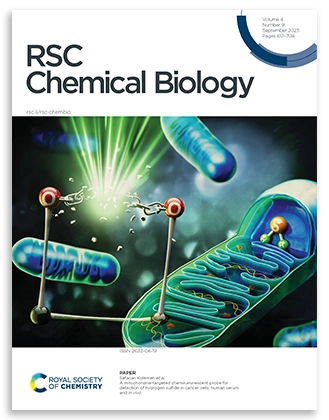

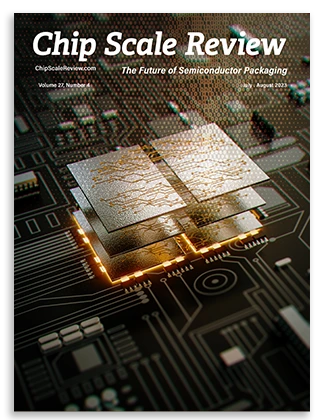
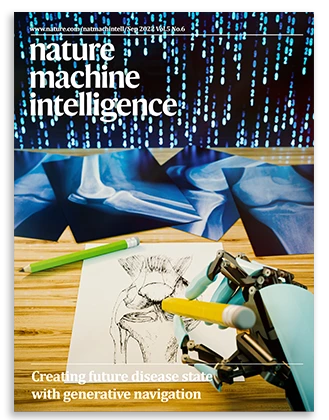

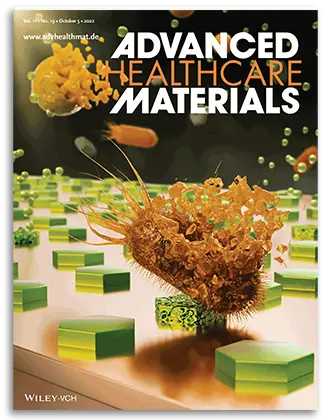
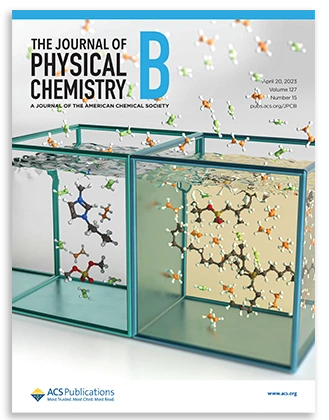
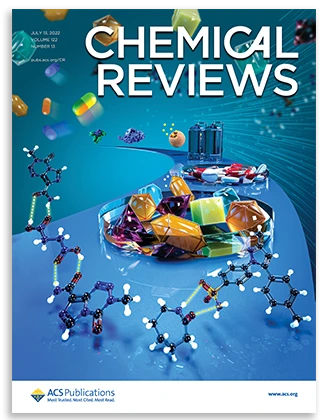

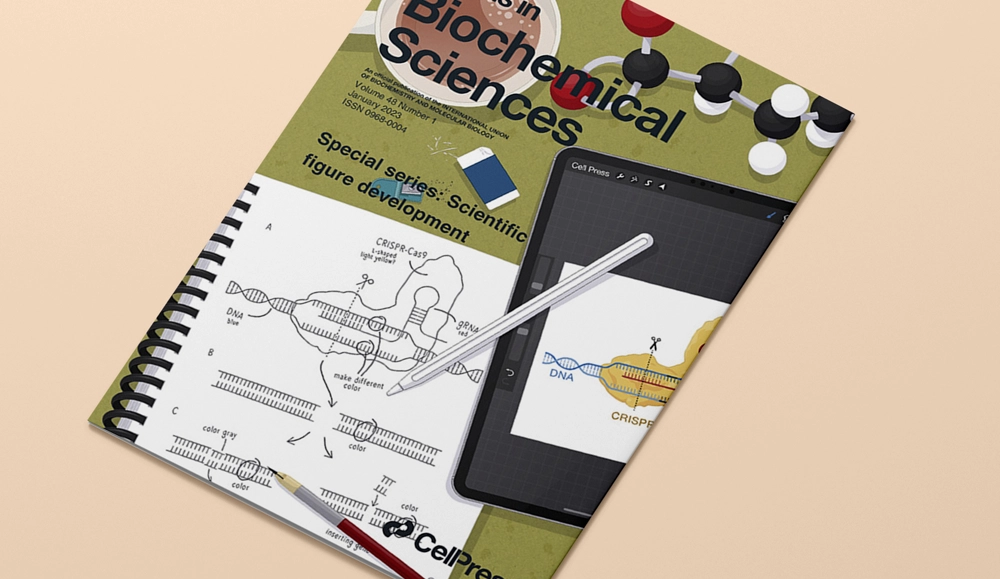

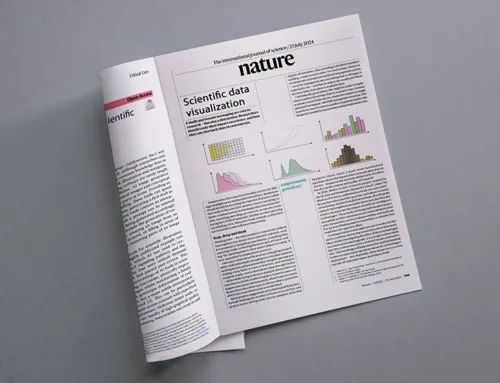
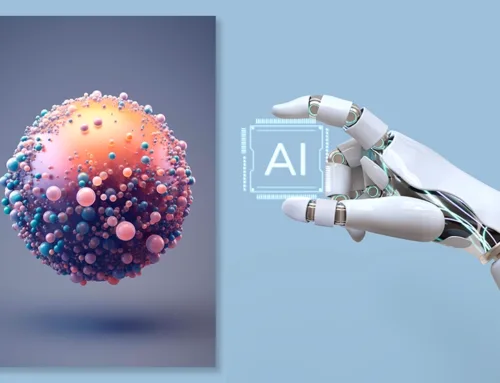
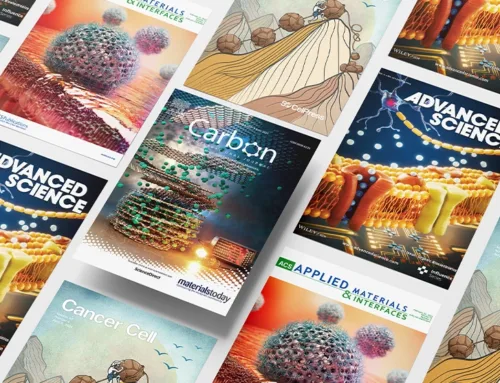
Leave a Reply